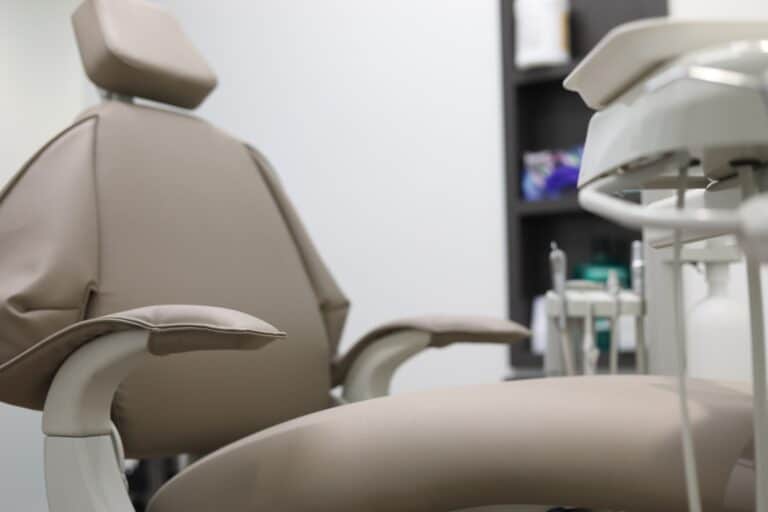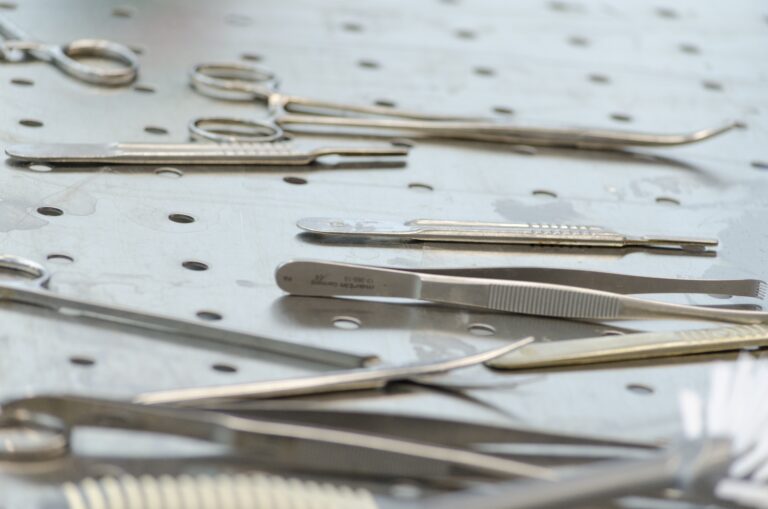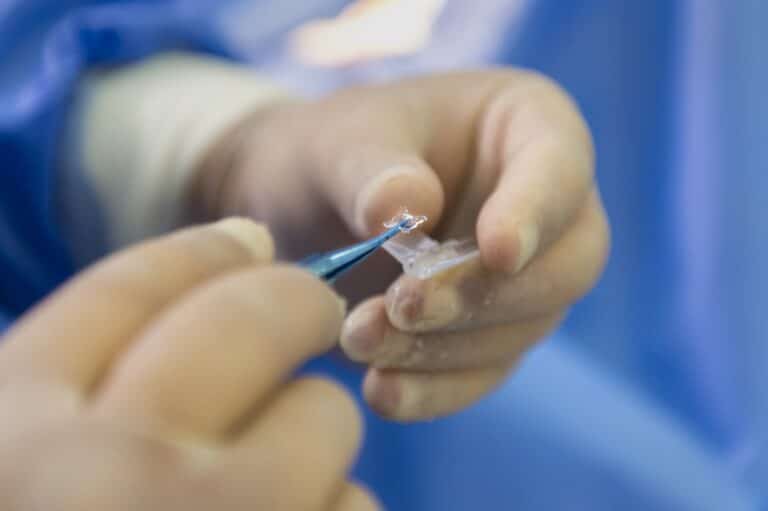Symptoms and Concerns About Skin Tags
Skin tags are generally painless and non-cancerous, but you may wish to have them removed if:
Irritation or discomfort
Skin tags can become irritated due to friction with clothing, jewelry, or skin folds, especially in areas like the neck, armpits, or groin.
Cosmetic concerns
Many people choose to remove skin tags for cosmetic reasons, particularly if they are in visible areas like the face or neck.
Bleeding or inflammation
If a skin tag becomes caught on clothing or jewelry, it can bleed or become inflamed, leading to discomfort.
What is a Skin Tag?
A skin tag is a small, soft, benign growth of skin that typically forms in areas where the skin folds, such as the neck, armpits, groin, and eyelids. Skin tags are usually harmless, but some people choose to have them removed for cosmetic reasons or if they become irritated due to friction from clothing or jewelry.
Enquire Now About Skin Tag Removal
Causes of Skin Tags
While skin tags can appear on anyone, some factors increase the likelihood of developing them:
Friction
Skin rubbing against skin or clothing can lead to the development of skin tags, especially in areas where folds are present.
Genetics
Some people are more prone to skin tags due to genetic factors.
Hormonal changes
Hormonal fluctuations during pregnancy, menopause, or hormone therapy can contribute to the formation of skin tags.
Age and weight
Skin tags tend to occur more frequently as people age or in individuals who are overweight, as there is more skin folding and friction.




Our Skin Tag Removal Service
At Hoveton Clinic, we offer safe and effective skin tag removal services to help you feel more comfortable and confident. Whether for cosmetic reasons or relief from irritation, our skilled practitioners ensure that the procedure is quick and minimally invasive.
Skin Tag Removal Procedures
We offer several treatment options for skin tag removal, depending on the size and location of the skin tag:
- Excision – For larger or more bothersome skin tags, we can carefully remove them using surgical excision. This technique ensures complete removal and minimal scarring.
- Cauterisation – In some cases, skin tags can be removed by burning them off with an electric current. This method seals the wound immediately, reducing bleeding and the risk of infection.
Contact Us
To learn more about our services or to schedule an appointment, contact Surgicentre in Hoveton, Norwich today. Our friendly staff will be happy to assist you in finding the right treatment to restore your smile.
Skin tag removal is a straightforward procedure suitable for most individuals. However, let us know if you have:
Bleeding disorders
If you have conditions that affect blood clotting, we may need to take extra precautions during the procedure.Skin infections
If there is an active infection around the skin tag, treatment may be postponed until the infection is cleared.Allergies to local anaesthetics
For larger skin tags that require excision, we may use local anaesthesia. Please inform us of any known allergies.
1. What causes skin tags?
Skin tags are caused by friction between skin folds or clothing and are more common in areas such as the neck, armpits, groin, and eyelids. They may also be linked to genetics, age, hormonal changes, or weight.
2. Is skin tag removal painful?
Skin tag removal is usually quick and minimally invasive. For smaller skin tags, procedures like cryotherapy cause little discomfort. Larger skin tags may require excision under local anaesthesia, ensuring a painless procedure.
3. How long does it take to recover after skin tag removal?
Recovery is generally quick, and you can usually return to normal activities immediately. For procedures like cryotherapy, the area may scab and heal within a week. After excision, healing typically takes 1-2 weeks.
4. Will skin tags grow back after removal?
Once a skin tag is removed, it will not grow back in the same spot. However, new skin tags may form in other areas over time, particularly if you are prone to them.
5. Can I remove skin tags at home?
While there are over-the-counter products available, we recommend professional removal to avoid complications such as infection, scarring, or incomplete removal. Professional treatments are safe, effective, and minimize the risk of regrowth.
6. Is skin tag removal covered by health insurance?
Skin tag removal is generally considered a cosmetic procedure, so it may not be covered by health insurance. We suggest checking with your insurance provider for coverage details.
7. How many skin tags can be removed in one session?
Several skin tags can typically be removed in one session, depending on their size and location. During your consultation, we’ll discuss the best approach for removing multiple skin tags.
8. Are skin tags dangerous?
No, skin tags are benign and do not pose any health risks. However, if a skin tag changes in appearance, becomes painful, or bleeds frequently, it should be examined by a healthcare professional.
9. What should I do after skin tag removal?
After removal, it’s important to keep the area clean and dry to prevent infection. We will provide you with detailed aftercare instructions to ensure proper healing.
10. Can I have skin tags removed during pregnancy?
Yes, skin tags that develop during pregnancy can be safely removed, although some women choose to wait until after delivery to see if the skin tags disappear on their own.
